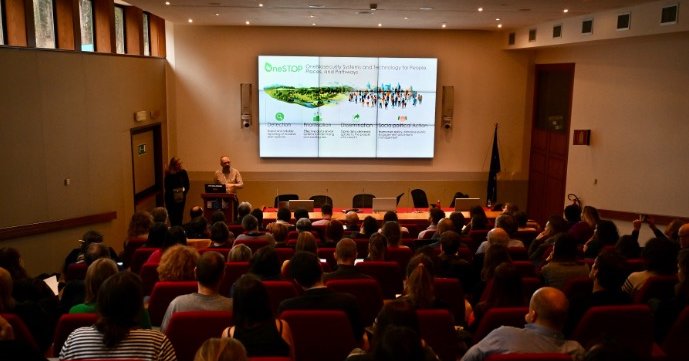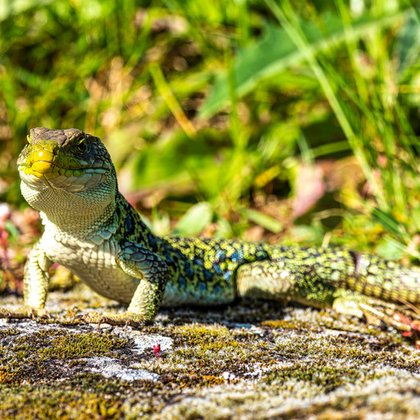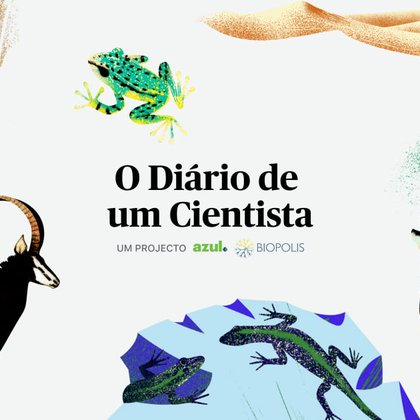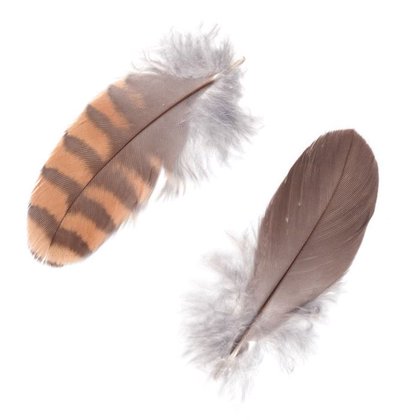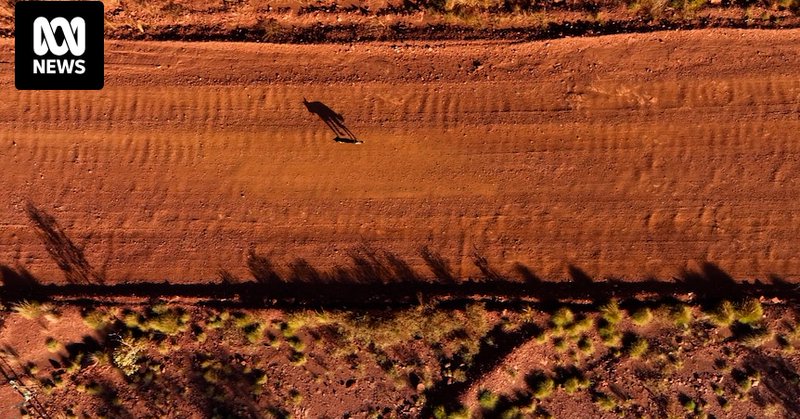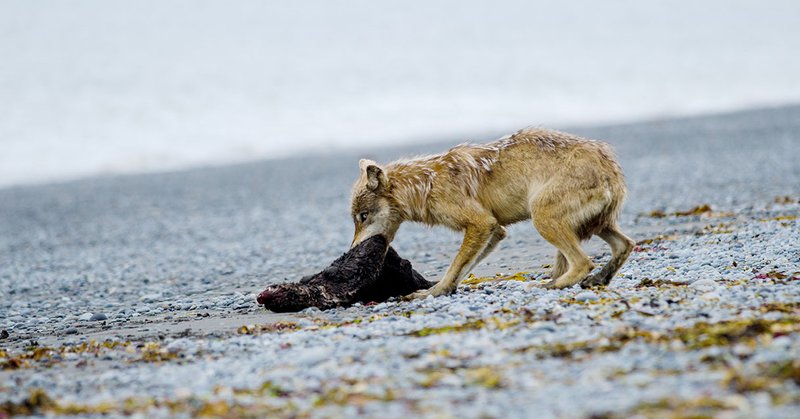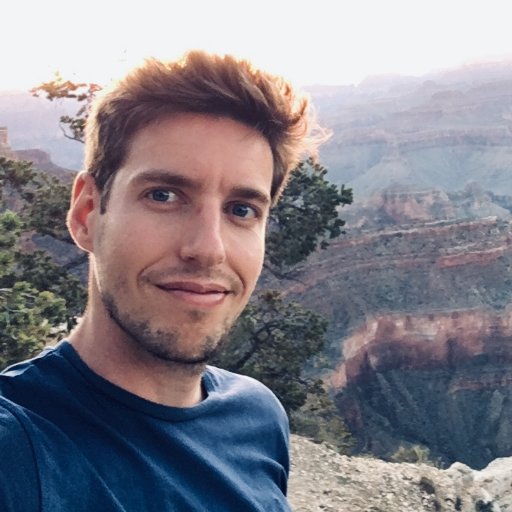
Joel Alves
@alvesmjoel
Followers
307
Following
169
Media
7
Statuses
62
Evolutionary geneticist at the School of Archaeology, University of Oxford
Oxford, England
Joined July 2015
In 1859, Thomas Austin imported 24 rabbits from England to Australia. Little did he know that these rabbits would trigger one of the most devastating biological invasions in recorded history. Our paper at @PNASNews, tells this story:
7
118
388
RT @DianaLobo90: A few years ago, we started asking if the adaptation of Iberian wolves to anthropogenic landscapes could be associated wi….
0
28
0
RT @InvasionS_cibio: 🌟🌍 @CIBIO_InBIO is partner in OneStop Project, an ambitious European project to tackle invasive alien species. 🔍 Lear….
cibio.up.pt
The mission of the Research Centre in Biodiversity and Genetic Resources is to develop world-class research in the areas of biodiversity and evolutionary bi
0
1
0
RT @CIBIO_InBIO: The "Diary of a Scientist" initiative, led by the BIOPOLIS project, is featured on the @CORDIS_EU website. The diary give….
cordis.europa.eu
BIOPOLIS and Portuguese newspaper Público offer a fresh take on science communication through the stories of scientists engaged in...
0
6
0
RT @evolgenCIBIO: We are very excited to share our new paper on @ScienceMagazine about the mechanism for red and yellow hues variation in….
0
18
0
Do you know that watching Pokémon can inspire someone to become an evolutionary biologist? Find out how in this great piece written by my student @Eugenio3s about his PhD on ancient rabbits: This article is part of “The Diary of a Scientist” series — a.
publico.pt
Todos os dias, um texto. Neste diário, 26 cientistas contam as suas histórias.
1
3
7
RT @OxfordSparks: At @OxfordSparks, we love sci com!. The Diary of a Scientist project aims to unite scientists, journalists and artists to….
publico.pt
Todos os dias, um texto. Neste diário, 26 cientistas contam as suas histórias.
0
8
0
A few years ago, we embarked on a journey to rethink science communication. Today, we are thrilled to launch #TheDiaryOfAScientist—a project that unites scientists, journalists, and artists to celebrate the curiosity driving research. Explore it here:
0
20
41
RT @CIBIO_InBIO: 🎙️The first podcast episode of #TheDiaryOfAScientist series—in PT— is now live! Here @alvesmjoel and @alineflor collect st….
0
5
0
RT @meronduns: Excited to share our latest paper revealing ancient matrilineal haplotypes linked to sex-specific plumage differences in two….
science.org
Ancient haplotypes maintained via maternal inheritance govern female-limited color polymorphism in two cuckoo sister taxa.
0
26
0
RT @CIBIO_InBIO: We're thrilled to partner with @Publico on this exciting new project and look forward to showcasing the work of our scient….
0
4
0
We recently welcomed Colgar, Selma and Ezequiel from the University of Namibia to the @school_of_arch for an #ivory DNA workshop. This visit was supported by @Africa_Oxford and is the stepping stone of international collaboration for elephant #conservation. Exciting times ahead!
0
4
28
RT @school_of_arch: Join us at 12pm this Thurs 1st Feb in 1 South Parks Rd for this very purposeful talk by our honoured guest speakers fro….
0
2
0
RT @DianaLobo90: In the 1970s the Iberian 🐺 population reached its minimum due to intensive human persecution. Little was known about the e….
0
28
0
RT @HadrienOliveri: 🌟 Hot off the press! New in @PNASnews: the mechanics of prey capture in carnivorous plants Nepenthes 🌱🐜 Exciting collab….
0
31
0
RT @joanocha: Delighted to share the last part of my PhD on #DesertAdaptation in an iconic yet elusive model group of foxes. Dive into our….
0
29
0
RT @mikeletnic: Australia's dingo fence, the worlds longest fence has transformed Australia's landscape in surprising ways. https://t.co/….
abc.net.au
The dingo fence does its job keeping the predator at bay — but that single change has cascading effects on the environment, right down to the shape of the sand dunes.
0
11
0
RT @jack_tamisiea: After a pack of wolves on a small Alaskan Island decimated the island's deer population, their meal of choice shifted fr….
science.org
The finding may revive an ancient food web connecting the two apex predators
0
56
0
RT @SophyCharlton: Our new paper on the oldest human DNA from the UK, showing there were 2 different genetic ancestries present in Britain….
nature.com
Nature Ecology & Evolution - The authors report genetic, archaeological and stable isotopic data from two late Palaeolithic individuals in Britain, from Gough's Cave and Kendrick's...
0
116
0


